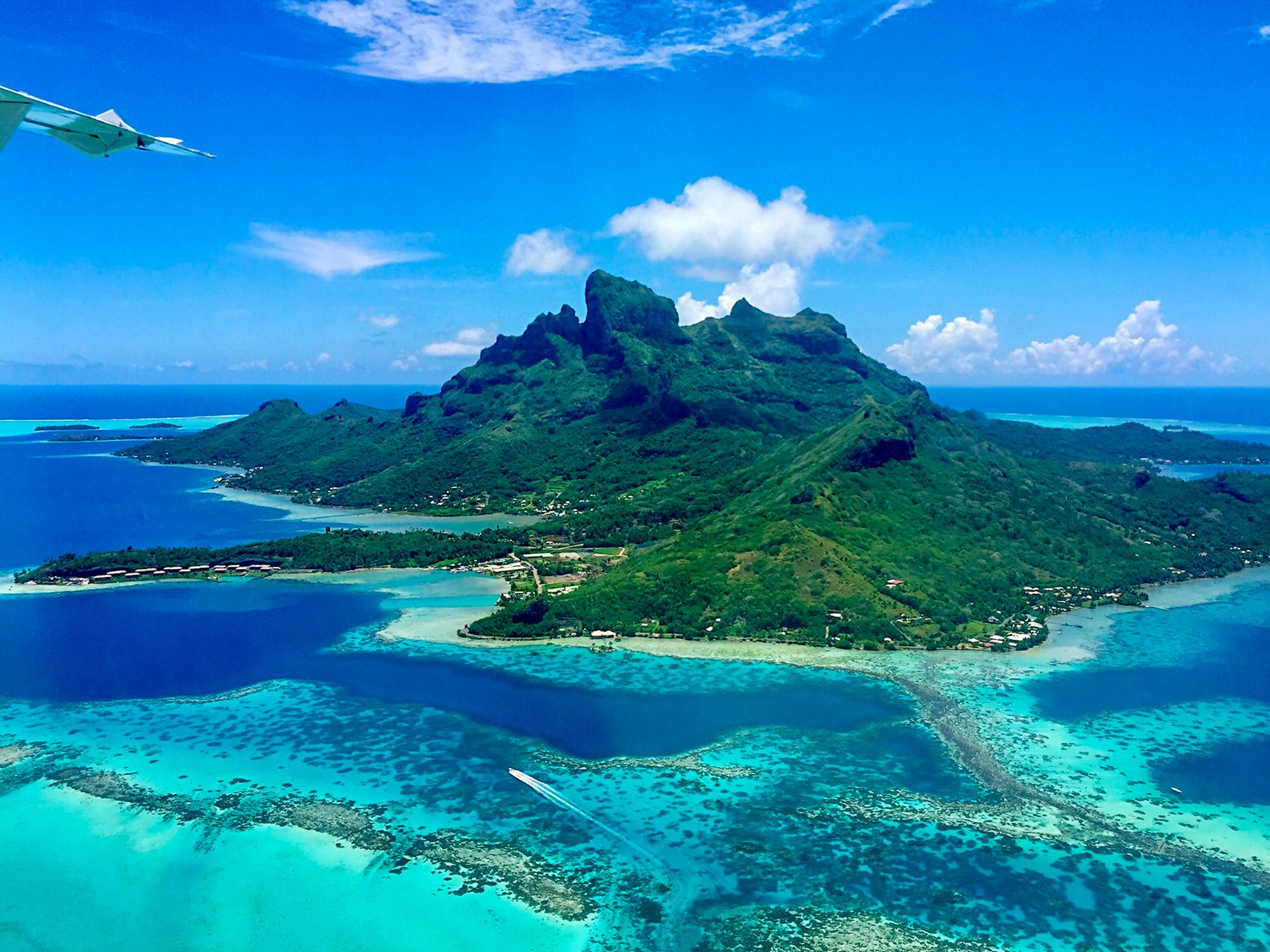Stamp: Installation of memorial plaque (Costa Rica 1979)
Installation of memorial plaque (Costa Rica 1979)
30 April (Costa Rica ) within release Visit of President Rodrigo Carazo Odio to Coco Island goes into circulation Stamp Installation of memorial plaque face value 10 Costa Rican colón
| Stamp Installation of memorial plaque in catalogues | |
|---|---|
| Michel: | Mi: CR 1023 |
| Stamp Number: | Sn: CR C741 |
Stamp is square format.
Also in the issue Visit of President Rodrigo Carazo Odio to Coco Island:
- Stamp - Installation of memorial plaque face value 10;
- Stamp - View of Coco Island face value 2.10;
- Souvenir Sheet - Visit of President Rodrigo Carazo Odio to Coco Island face value 21;
- Stamp - View of Coco Island face value 5;
- Stamp - View of Coco Island face value 3;
- Stamp - View of Coco Island face value 90;
Stamp Installation of memorial plaque it reflects the thematic directions:
A flag is a piece of fabric (most often rectangular or quadrilateral) with a distinctive design that is used as a symbol, as a signaling device, or as decoration. The term flag is also used to refer to the graphic design employed, and flags have since evolved into a general tool for rudimentary signalling and identification, especially in environments where communication is similarly challenging (such as the maritime environment where semaphore is used). National flags are patriotic symbols with varied wide-ranging interpretations, often including strong military associations due to their original and ongoing military uses. Flags are also used in messaging, advertising, or for other decorative purposes. The study of flags is known as vexillology, from the Latin word vexillum, meaning flag or banner.
An island or isle is a piece of land, distinct from a continent, completely surrounded by water. There are continental islands, which were formed by being split from a continent by plate tectonics, and oceanic islands, which have never been part of a continent. Oceanic islands can be formed from volcanic activity, grow into atolls from coral reefs, and form from sediment along shorelines, creating barrier islands. River islands can also form from sediment and debris in rivers. Artificial islands are those made by humans, including small rocky outcroppings built out of lagoons and large-scale land reclamation projects used for development.
A people is a plurality of persons considered as a whole, as is the case with an ethnic group or nation. Collectively, for example, the contemporary Frisians and Danes are two related Germanic peoples, while various Middle Eastern ethnic groups are often linguistically categorized as Semitic peoples.



